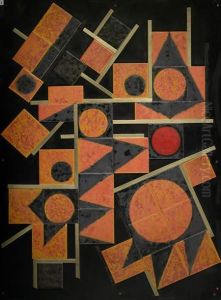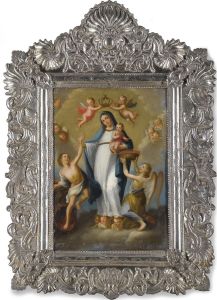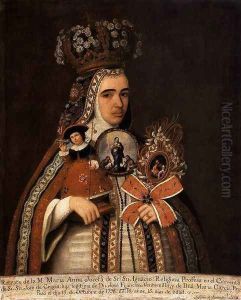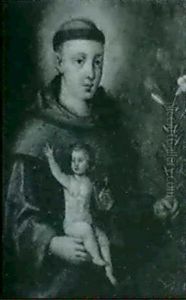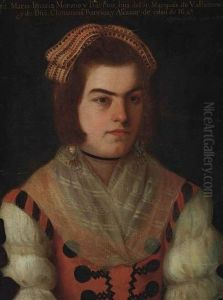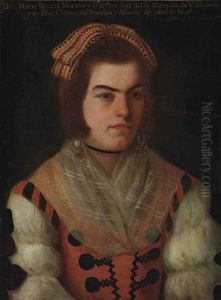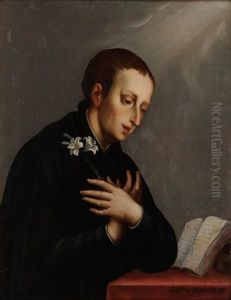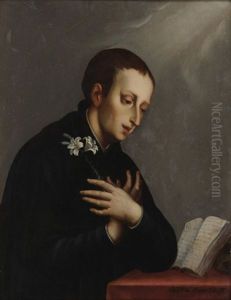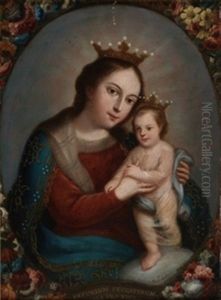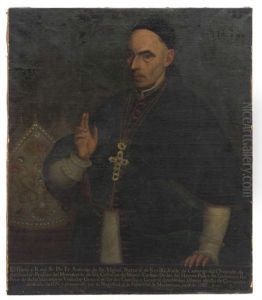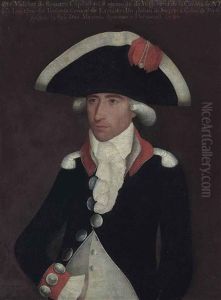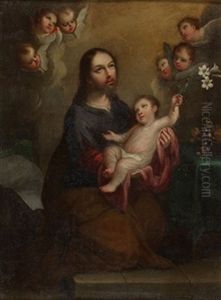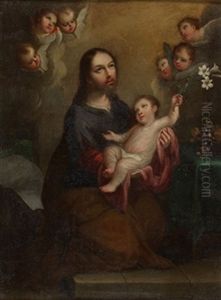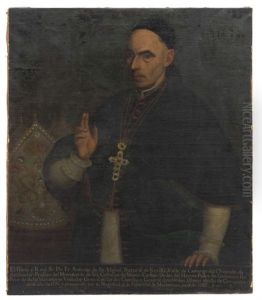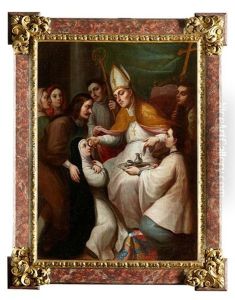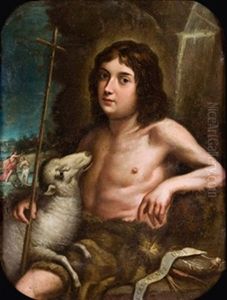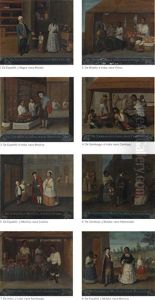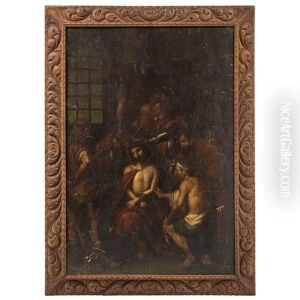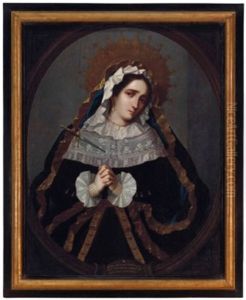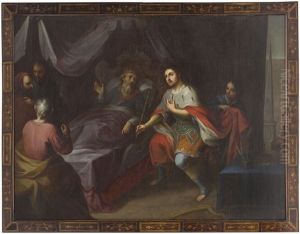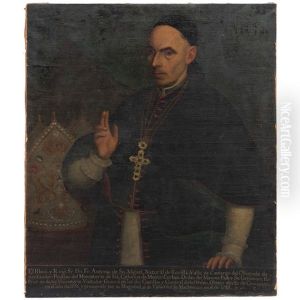Jose de Alcibar Paintings
José de Alcíbar was a prominent Mexican painter during the 18th century, born in 1730 in Mexico. His exact birthplace is not well-documented, but he was active during the colonial period in what was then New Spain. Alcíbar is often associated with the late Baroque and early Neoclassical artistic movements, which were prevalent in European and colonial art at the time. He is particularly known for his religious works and portraits, which he produced for the colonial elite, the Church, and various religious orders.
Alcíbar’s training and artistic development occurred within the context of the vice-regal art scene, where European influence was strong, but where local traditions also played a significant role. He likely apprenticed under a more established painter, as was the custom of the time, though the details of his early education in the arts remain unclear. Throughout his career, Alcíbar became known for his skillful handling of the oil medium, his attention to detail, and his ability to convey the social status and character of his sitters through portraiture.
During the peak of his career, Alcíbar was commissioned to create works for several significant religious institutions. His paintings often depicted scenes from the life of Christ, the Virgin Mary, and the saints, executed with a dramatic use of light and shadow that reflects the Baroque sensibility. However, as the Neoclassical style began to gain popularity towards the end of the 18th century, Alcíbar adapted his style accordingly, simplifying compositions and adopting a more restrained approach to color and ornamentation.
Alcíbar's work was not only significant in terms of artistry but also in its reflection of the social and cultural milieu of colonial Mexico. His portraits, in particular, provide valuable insights into the fashion, material culture, and self-image of the colonial aristocracy and high-ranking ecclesiastical officials. Some of his notable works include portraits of military and church officials, as well as depictions of the Virgin Mary and other religious figures.
José de Alcíbar's contributions to Mexican colonial art were recognized during his lifetime, and his works continue to be studied and appreciated for their aesthetic qualities and historical significance. He passed away in 1803, leaving behind a legacy as one of the key figures in the Mexican art scene of the late colonial period. His paintings remain on display in various museums and churches, serving as a testament to the rich artistic traditions of New Spain and the talent of its local artists.
